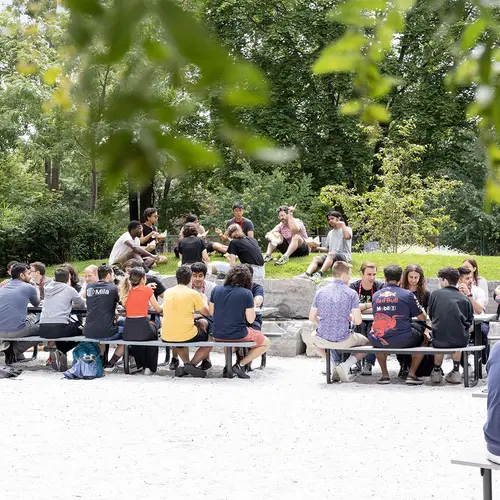
Vladimir Makarenkov
Biographie
Vladimir Makarenkov est professeur titulaire et directeur du programme de diplôme d'études supérieures spécialisées (DESS) en bio-informatique à l’Université du Québec à Montréal (UQAM). Il est titulaire d’une maîtrise en mathématiques appliquées de l'Université d'État Lomonossov de Moscou et d’un doctorat en informatique et mathématiques de l’École des hautes études en sciences sociales (EHESS). Avant de se joindre au Département d’informatique de l’UQAM, il a fait un stage postdoctoral de trois ans au Laboratoire d’écologie numérique de l’Université de Montréal, dirigé par Pierre Legendre. Vladimir Makarenkov a publié 80 articles de revue et 67 articles de conférence. Il a également reçu les prestigieux prix Simon-Régnier et Chikio-Hayashi de l’International Federation of Classification Societies (IFCS).
Ses recherches portent sur l'intelligence artificielle, la bio-informatique et l'exploration de données. Elles incluent la conception et le développement de nouvelles méthodes d'apprentissage automatique non supervisées et supervisées, de même que l’utilisation de méthodes d’apprentissage automatique, dont le regroupement des données et l’apprentissage profond, pour l’analyse des données biologiques et biomédicales.
Ses recherches actuelles portent également sur le développement d’un système de recommandation automatisé basé sur l’apprentissage profond et servant à recommander le meilleur algorithme de clustering pour un jeu de données fourni en entrée, sur le développement d’un modèle d’apprentissage automatique générique servant à définir la notion de cluster, ainsi que sur la comparaison de différentes approches d’autoencodage et de différents algorithmes en vue d’obtenir un meilleur regroupement de données.


